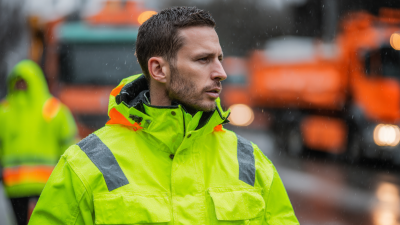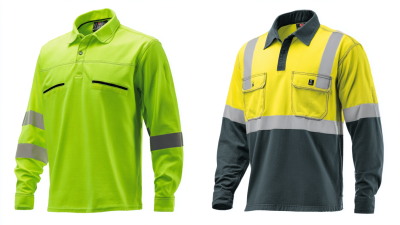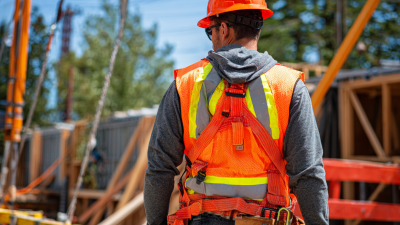When it comes to workplace safety, visibility is paramount, especially in environments with potential hazards. A Hi Vis Jacket is an essential piece of personal protective equipment (PPE) designed to enhance the wearer's visibility in low-light conditions, thus reducing the risk of accidents.
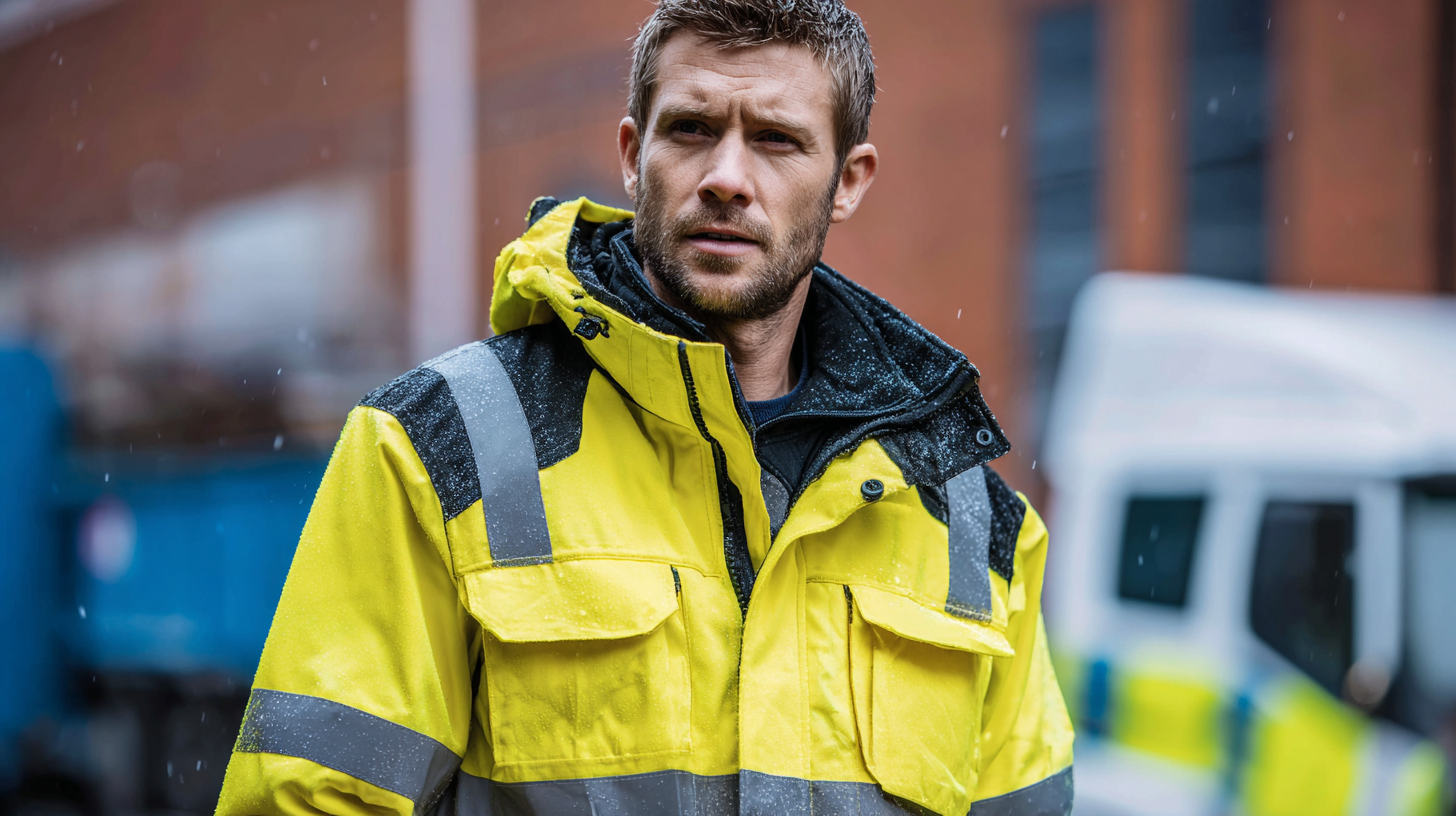
According to the Bureau of Labor Statistics, over 4,700 workplace fatalities were reported in 2020, many of which occurred in construction and transportation sectors where visibility could have been improved. A study by the National Institute for Occupational Safety and Health (NIOSH) revealed that high-visibility clothing can significantly decrease the likelihood of being struck by vehicles or equipment.
As safety regulations evolve, understanding the necessary standards and types of Hi Vis Jackets available becomes crucial. This blog aims to guide you through the process of selecting the right Hi Vis Jacket tailored to your specific safety needs, ensuring you remain protected and visible on the job.
Hi-visibility jackets play a crucial role in enhancing worker safety, particularly in high-risk environments such as construction sites, roadwork, and industrial settings. According to the Bureau of Labor Statistics, nearly 20% of workplace fatalities occur in construction, highlighting the need for effective safety measures. Hi vis jackets, typically featuring fluorescent colors and reflective strips, significantly increase visibility, reducing the likelihood of accidents. Research indicates that wearing high visibility clothing can cut accident rates by up to 50%, making it an indispensable part of personal protective equipment (PPE).
Moreover, the safety standards for hi vis jackets, such as those outlined by the American National Standards Institute (ANSI), ensure that these garments provide adequate visibility under various conditions. Hi vis jackets are categorized based on the type of work environment, such as Class 1 for low-risk areas and Class 3 for high-risk situations where visibility is paramount. As industries evolve, the design and technology behind hi vis jackets are also advancing, incorporating features like moisture-wicking fabric and breathable materials to ensure comfort without compromising safety. Hence, selecting the right hi vis jacket tailored to specific safety needs can greatly impact overall workplace safety and efficiency.
This chart illustrates the importance ratings of various features for Hi Vis jackets based on safety needs. Visibility is deemed the most critical factor, followed by comfort and weather resistance.
When it comes to selecting the right high visibility (hi vis) jacket for your safety needs, it’s essential to understand key features that ensure both visibility and comfort. Look for jackets made from fluorescent materials that meet ANSI or EN standards, as these regulations define the required levels of visibility in various conditions. Opt for jackets that incorporate reflective strips; these should be strategically placed to maximize visibility, especially when illuminated by headlights during night or low-light conditions.
Tip: Always consider the fit and comfort of the jacket. A well-fitting hi vis jacket allows for ease of movement, which is particularly important for those in active roles. Choose breathable fabrics that wick moisture away from the body, keeping you cool and dry during long hours on the job.
For additional functionality, seek out features such as multiple pockets for storage, adjustable cuffs and hems for better fit, and options for layering during colder weather. Water-resistant or waterproof materials are also beneficial, as they ensure you remain dry and visible in adverse weather conditions. Ultimately, investing in a quality hi vis jacket tailored to your specific environment will enhance your safety and comfort while working.
When selecting a hi-vis jacket, the material plays a crucial role in ensuring safety and comfort in various working environments. For instance, in construction sites or industrial settings where heavy machinery operates, a durable and abrasion-resistant fabric is essential. Polyester blends are often preferred due to their strength and resistance to wear and tear, ensuring the jacket withstands harsh conditions while maintaining its visibility features.
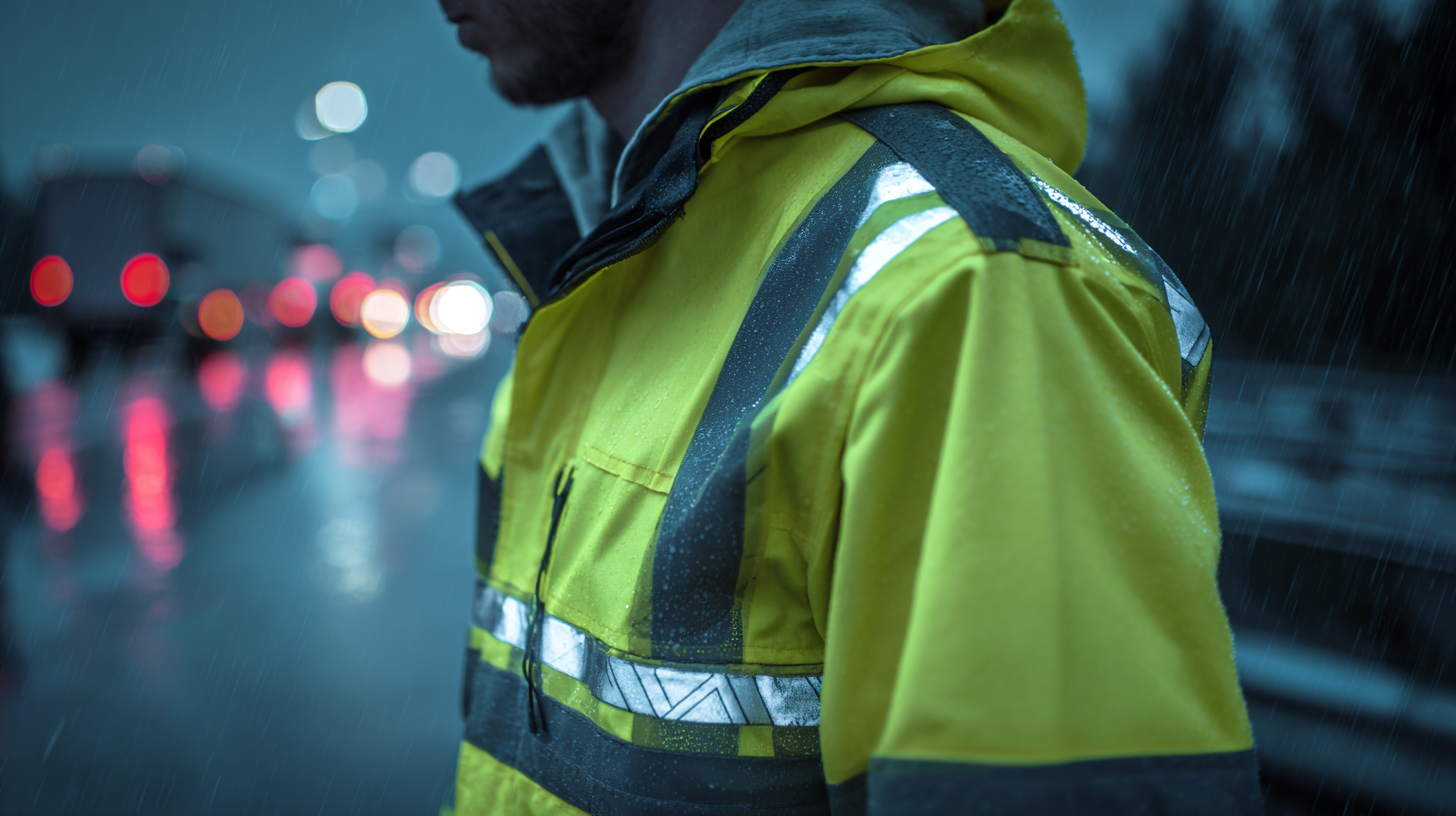
On the other hand, for outdoor workers exposed to various weather conditions, materials offering breathability and water resistance are vital. Lightweight, breathable fabrics such as micro-mesh can help regulate body temperature while providing the necessary visibility. Moreover, jackets with waterproof coatings can keep workers dry during rain, further enhancing their safety and comfort. Understanding the specific demands of your work environment will guide you in selecting a hi-vis jacket that offers the right balance of protection, comfort, and visibility.
When selecting a hi vis jacket for your safety needs, comfort should be at the forefront of your decision-making process. According to various industry reports, wearing properly fitted workwear can significantly enhance mobility and reduce fatigue during long hours on the job. Ensuring the ideal fit means paying attention to sleeve length, jacket length, and the overall cut to accommodate layering without restricting movement.
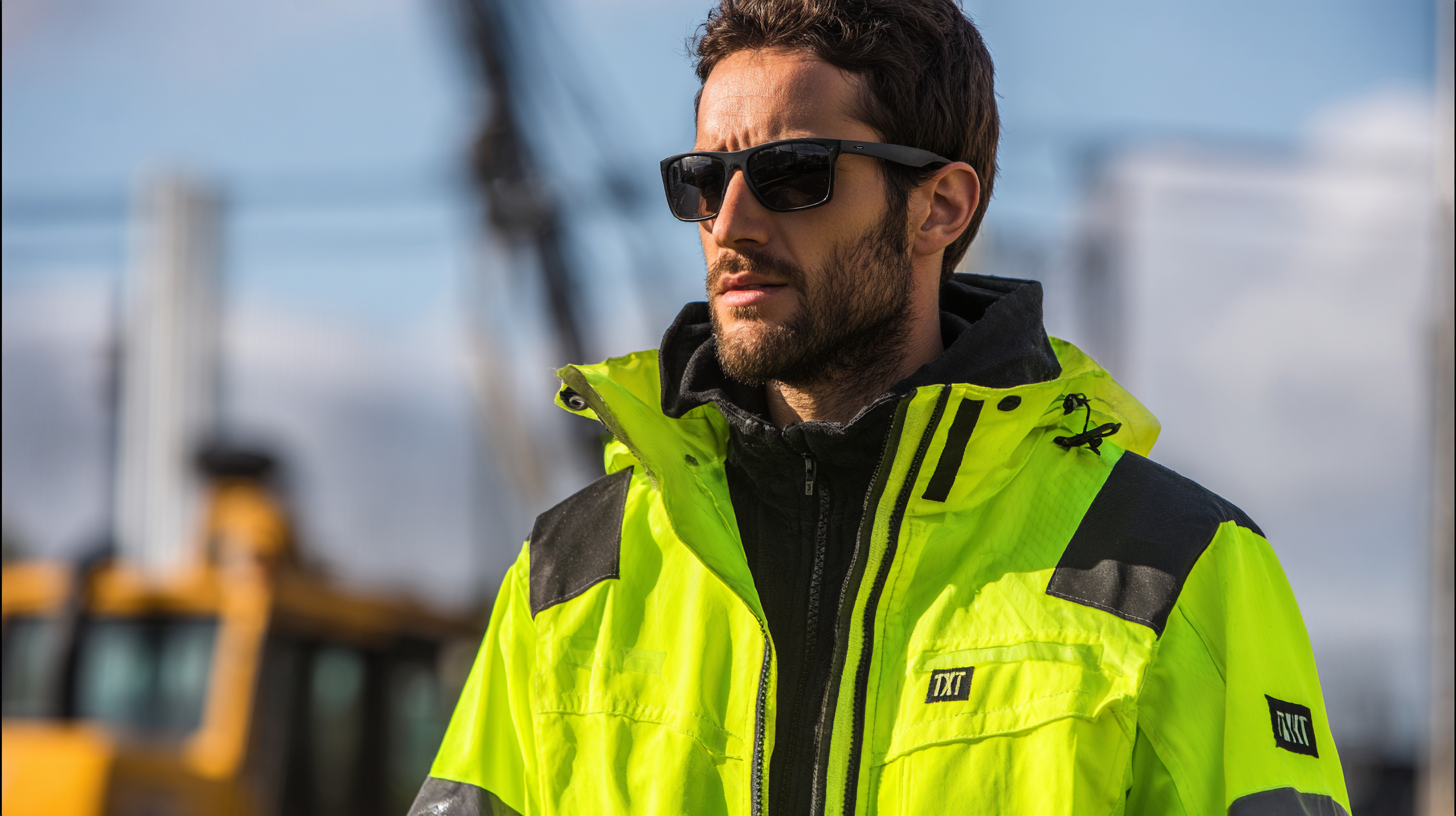
Tips for finding the right fit include trying on jackets with the gear you typically wear underneath. This will help you gauge the level of comfort and freedom of movement. Additionally, consider the weight and breathability of the fabric—higher-quality materials tend to offer better ventilation, which is crucial for all-day wear in various environmental conditions.
Style is equally important; a hi vis jacket that reflects your personal aesthetic can bolster morale and encourage consistent use. Look for options with adjustable features like cuffs and hems, as these not only enhance comfort but also help ensure the jacket stays securely in place, even during strenuous activities. Whether in construction, logistics, or any outdoor work, staying visible and comfortable is key to maintaining focus and productivity.
When selecting a high visibility (Hi Vis) jacket for your safety needs, compliance with safety standards and regulations should be your primary concern. In many industries, working in low-light conditions or high-traffic areas necessitates wearing garments that conform to specific visibility standards. For instance, the American National Standards Institute (ANSI) outlines three classes of garments, dictated by the level of visibility required for varying work environments. In a study, it was found that using compliant Hi Vis gear reduces the risk of accidents by up to 40%, underscoring the importance of adhering to these guidelines.
Moreover, regulations such as the Occupational Safety and Health Administration (OSHA) mandates provide additional layers of protection for workers. According to a 2022 report by the Bureau of Labor Statistics, incidents related to on-site visibility accounted for over 25% of workplace injuries in construction and roadwork. Choosing a Hi Vis jacket that meets ANSI/ISEA 107 standards not only helps ensure compliance but also can significantly improve worker safety. Features like reflective strips, quality fabric, and proper fit are essential components that contribute to effective visibility and comfort, making it crucial to select certified options that meet or exceed regulatory requirements.
| Feature | Description | Safety Standard |
|---|---|---|
| Visibility Level | High visibility materials that enhance visibility during daytime and night. | ANSI/ISEA 107 (USA) / EN471 (Europe) |
| Material | Durable, waterproof, and breathable fabrics. | ISO 13934 |
| Design Features | Reflective strips for enhanced visibility and safety. | ANSI/ISEA 107 Class 2, 3 |
| Size Options | Available in a range of sizes for adequate fit and comfort. | N/A |
| Wind and Water Resistance | Designed to withstand harsh weather conditions. | ASTM D751 |
| Pockets | Multiple secure pockets for storing essential items. | N/A |

